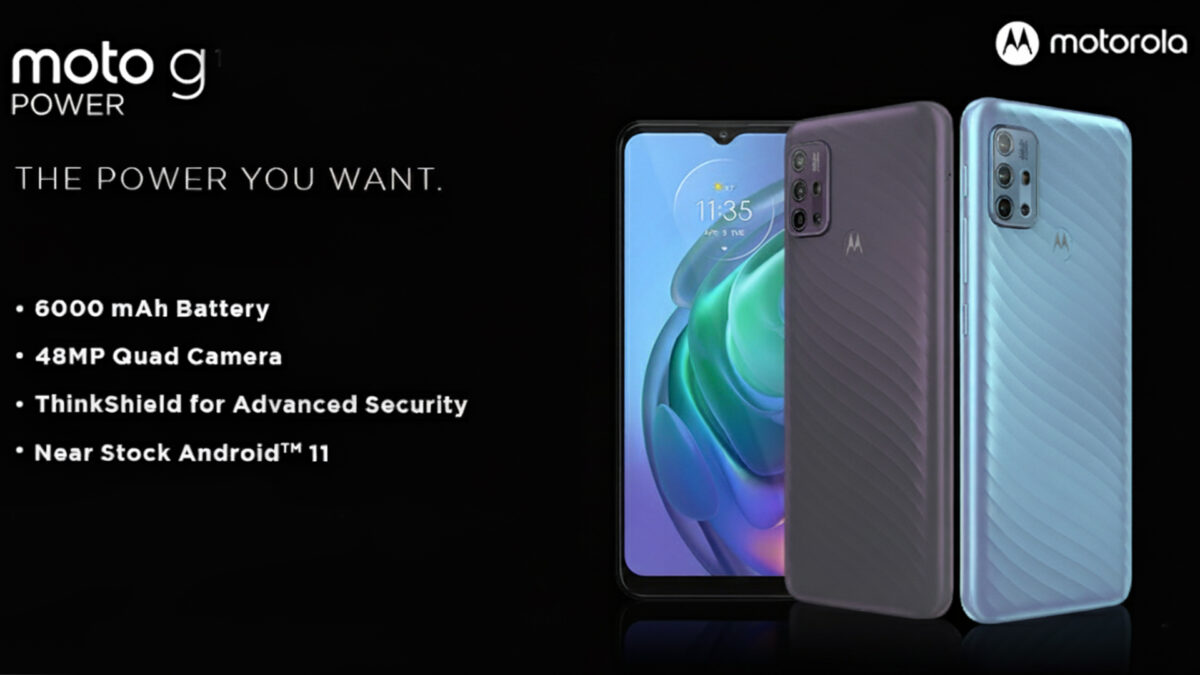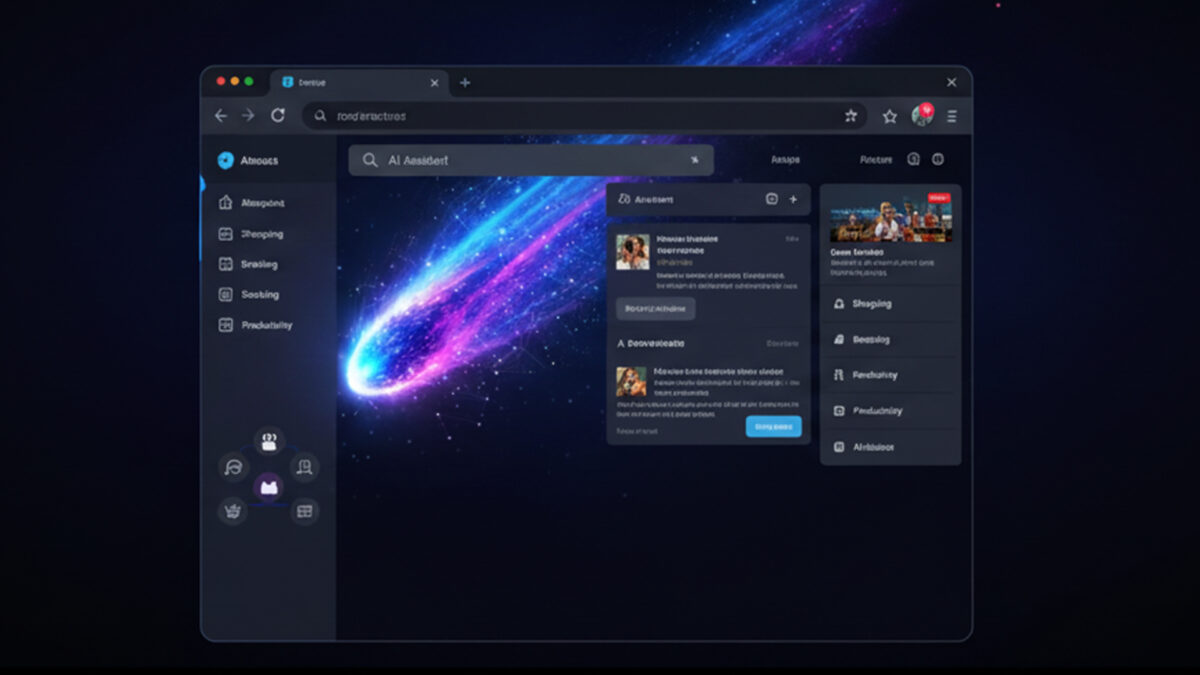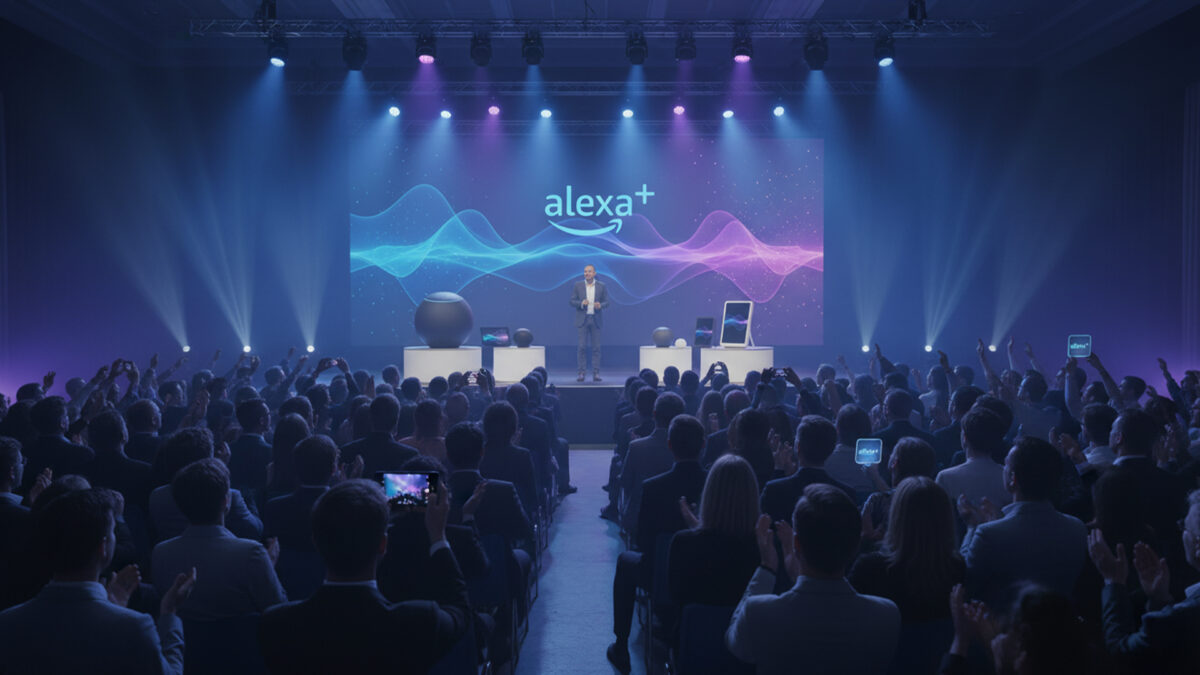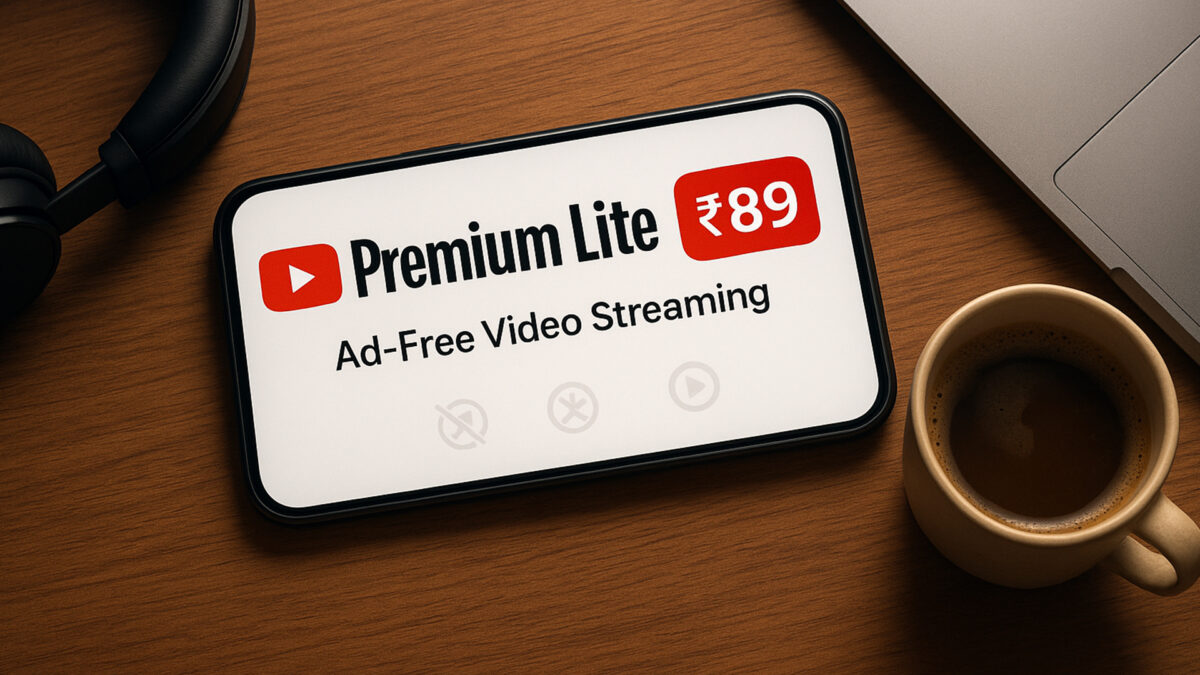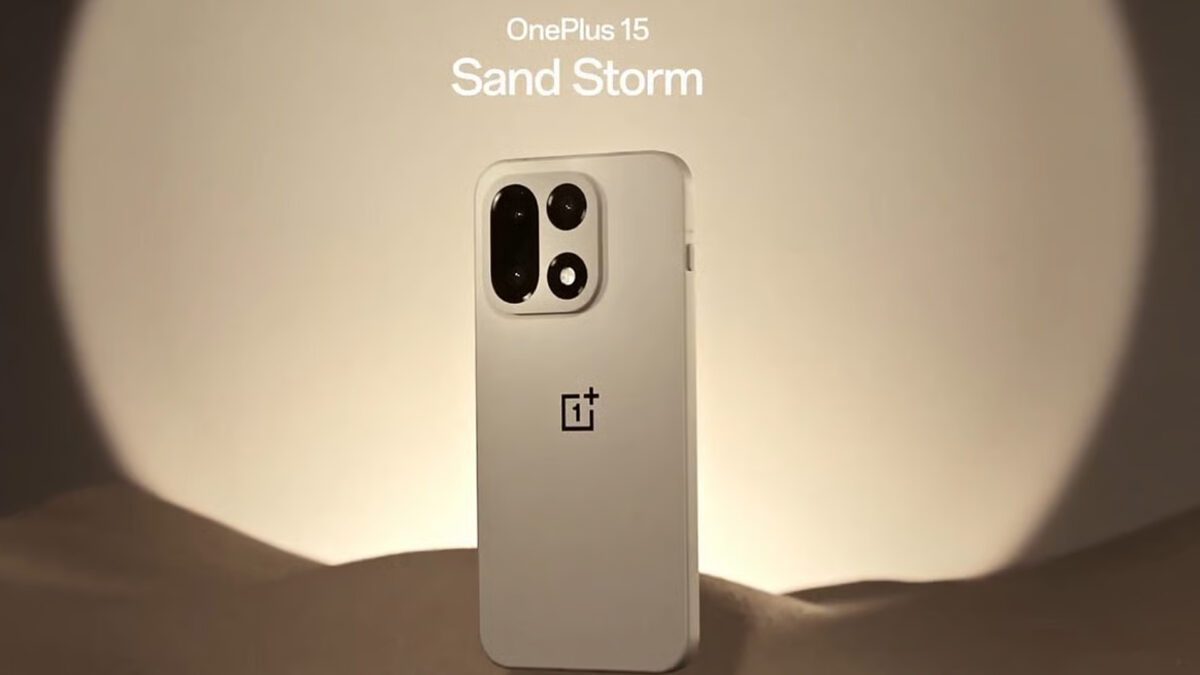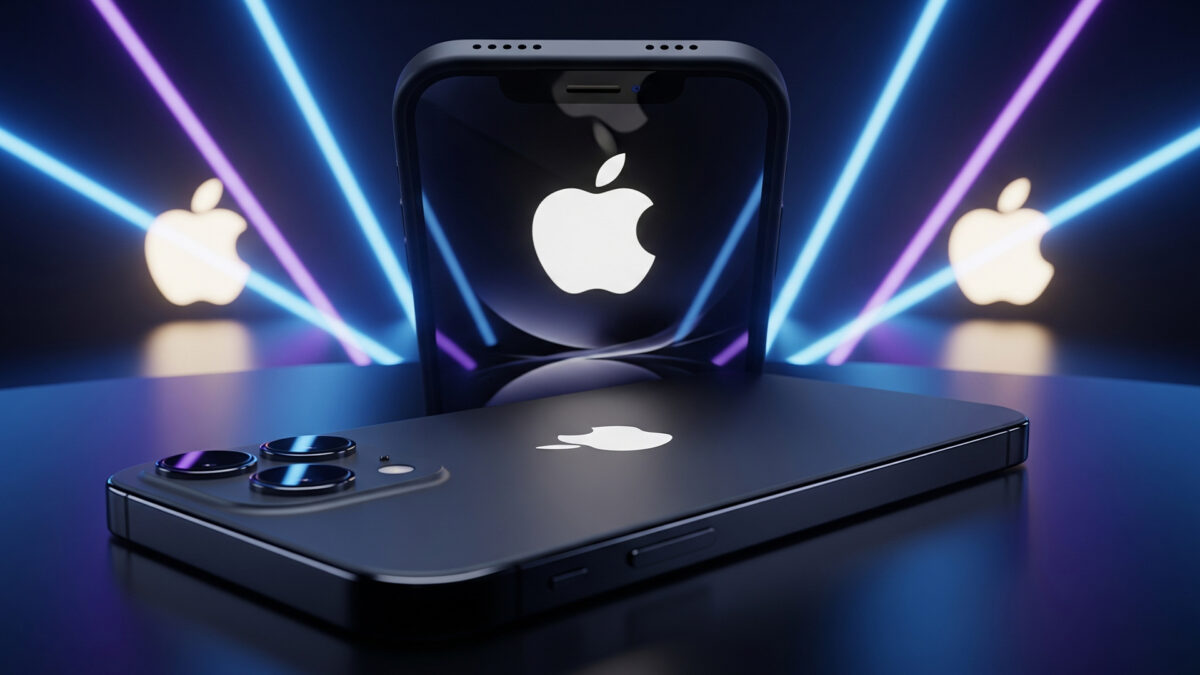Motorola on Tuesday launched its new entry-level smartphone, the Moto G06 Power, in India, aiming to offer premium features at an affordable price. Priced starting at ₹7,499, the device targets consumers seeking a reliable and feature-rich smartphone in the budget segment.
The phone will be available for purchase from October 11, 2025, through Flipkart, Motorola’s official website, and leading retail stores across the country.
The Moto G06 Power comes with a large 6.88-inch HD+ display that supports a 120Hz refresh rate, promising smooth visuals and an immersive viewing experience.
The display is protected by Corning Gorilla Glass 3, providing durability against scratches and minor impacts.
With up to 600 nits of brightness, the screen remains visible even under direct sunlight, enhancing usability for users on the go.
One of the standout features of the Moto G06 Power is its massive 7,000mAh battery, which Motorola claims can provide up to 65 hours of usage on a single charge.
The phone supports 20W TurboPower charging, capable of delivering several hours of battery life in just a few minutes of charging.
Complementing this, the device is equipped with Dolby Atmos stereo speakers, ensuring an enhanced audio experience for multimedia consumption.
Under the hood, the Moto G06 Power is powered by the MediaTek Helio G81 Extreme processor, paired with 4GB of RAM and 64GB of internal storage.
The device also supports expandable storage up to 1TB via a dedicated microSD card slot and offers expandable RAM up to 12GB, enhancing multitasking capabilities.
The phone runs on Android 15 with Motorola’s My UX skin, providing a clean and customizable interface for users.
Photography enthusiasts will find the Moto G06 Power appealing as it features a 50MP main rear camera capable of capturing high-resolution images, along with an 8MP front camera designed for selfies and video calls.
The phone also carries an IP64 rating, offering resistance against dust and water splashes, adding to its durability in everyday use.
Motorola has given the device a stylish vegan leather finish, available in three Pantone-validated colors: Tapestry, Laurel Oak, and Tendril.
